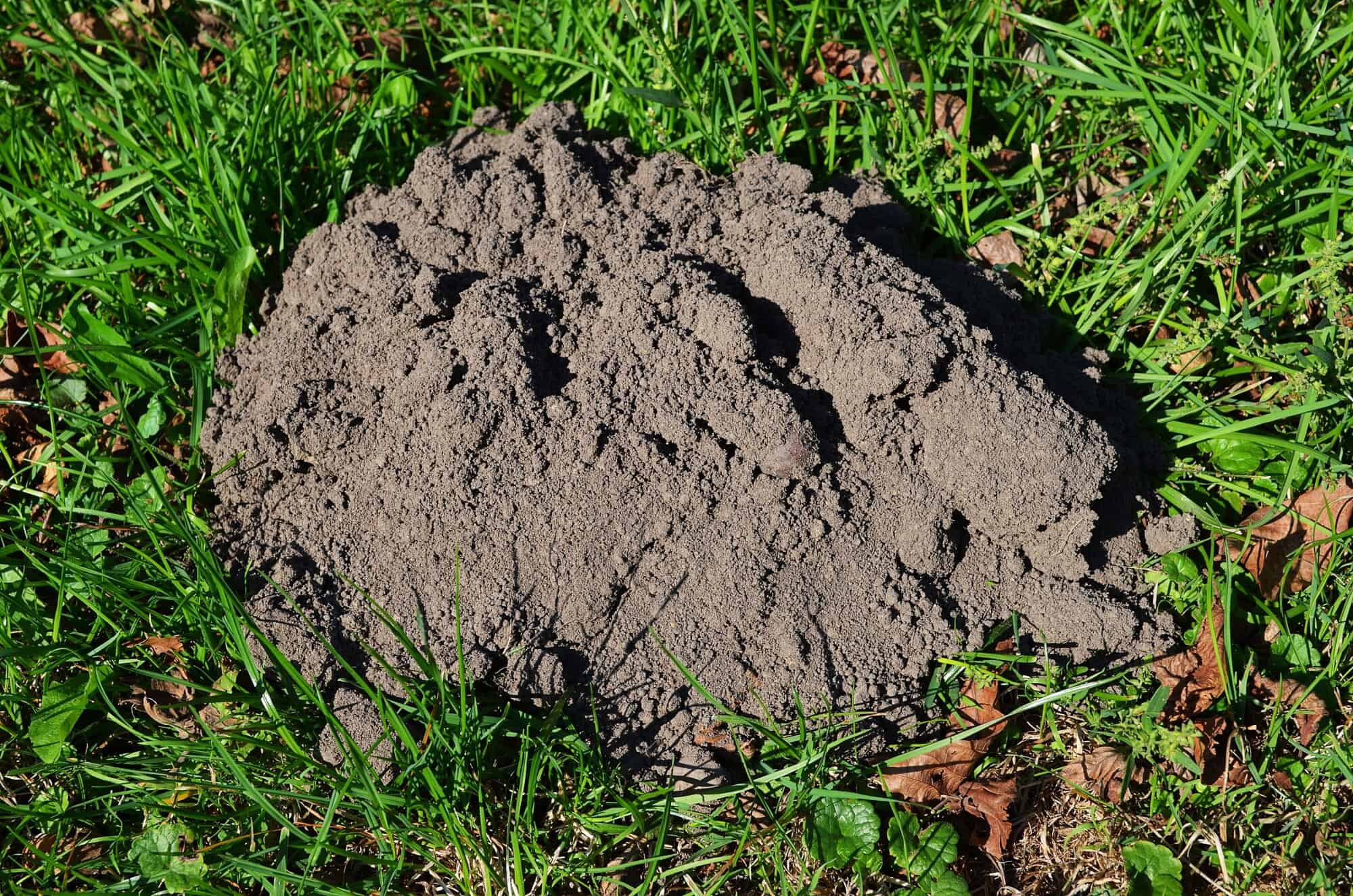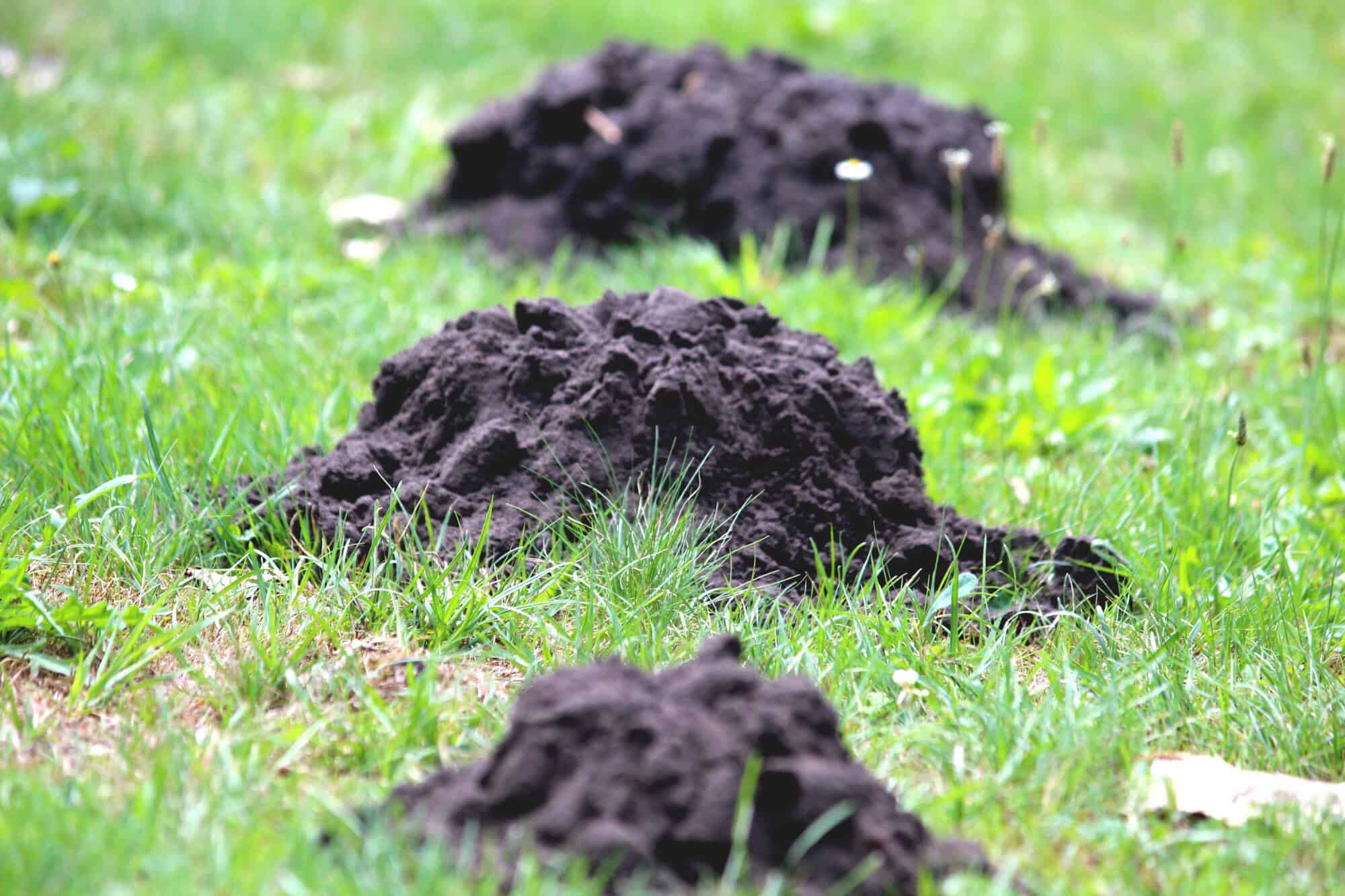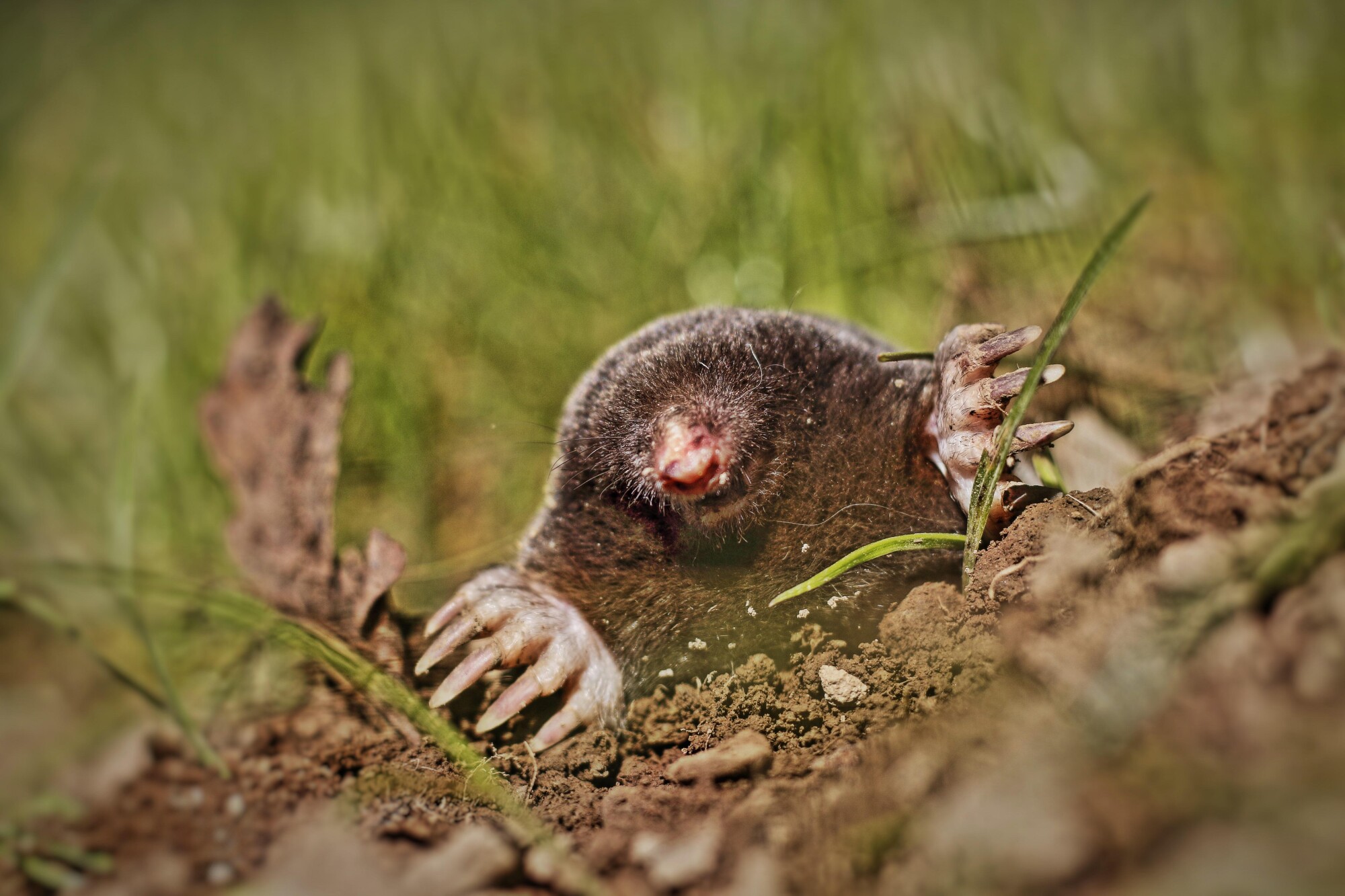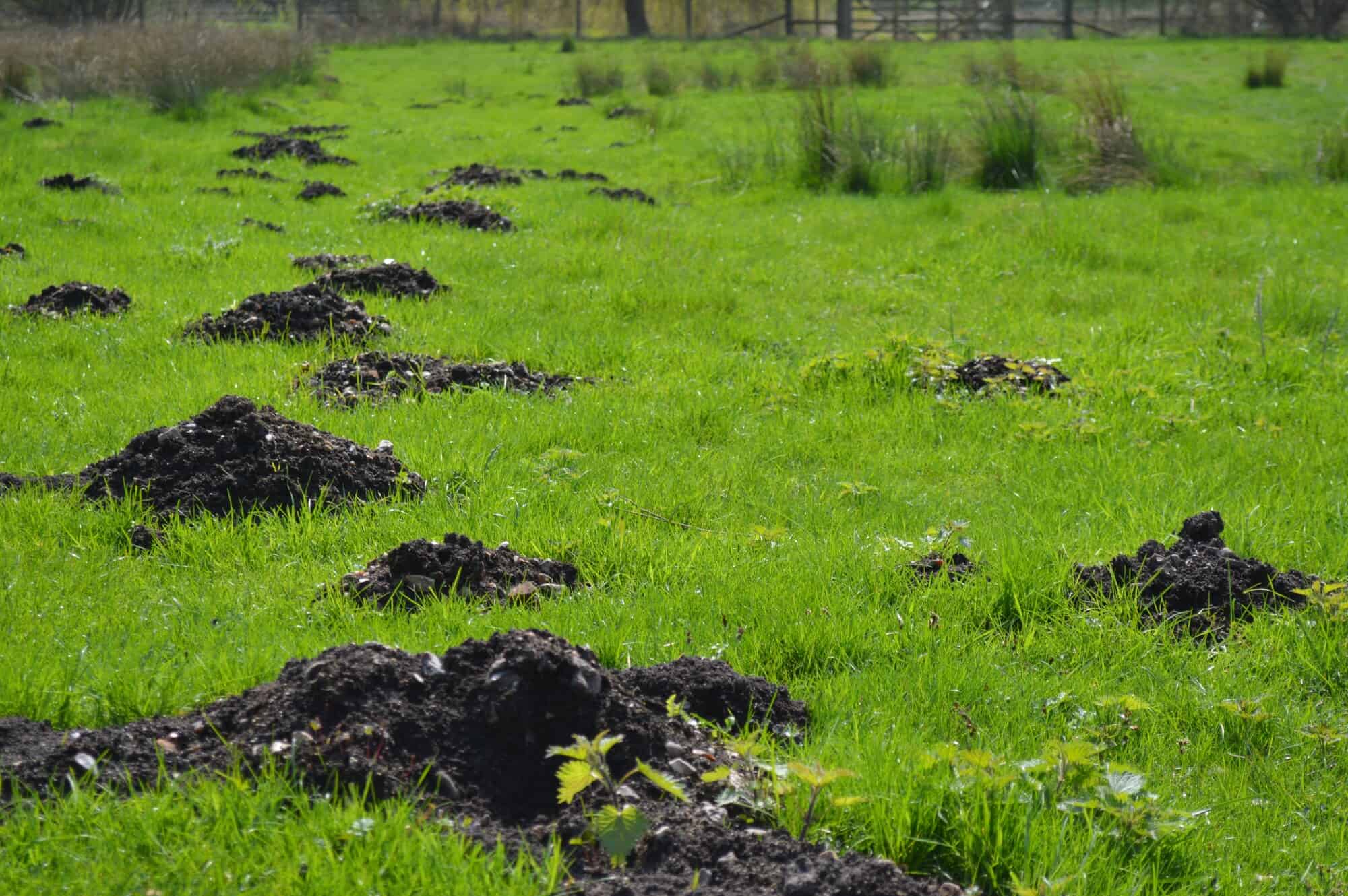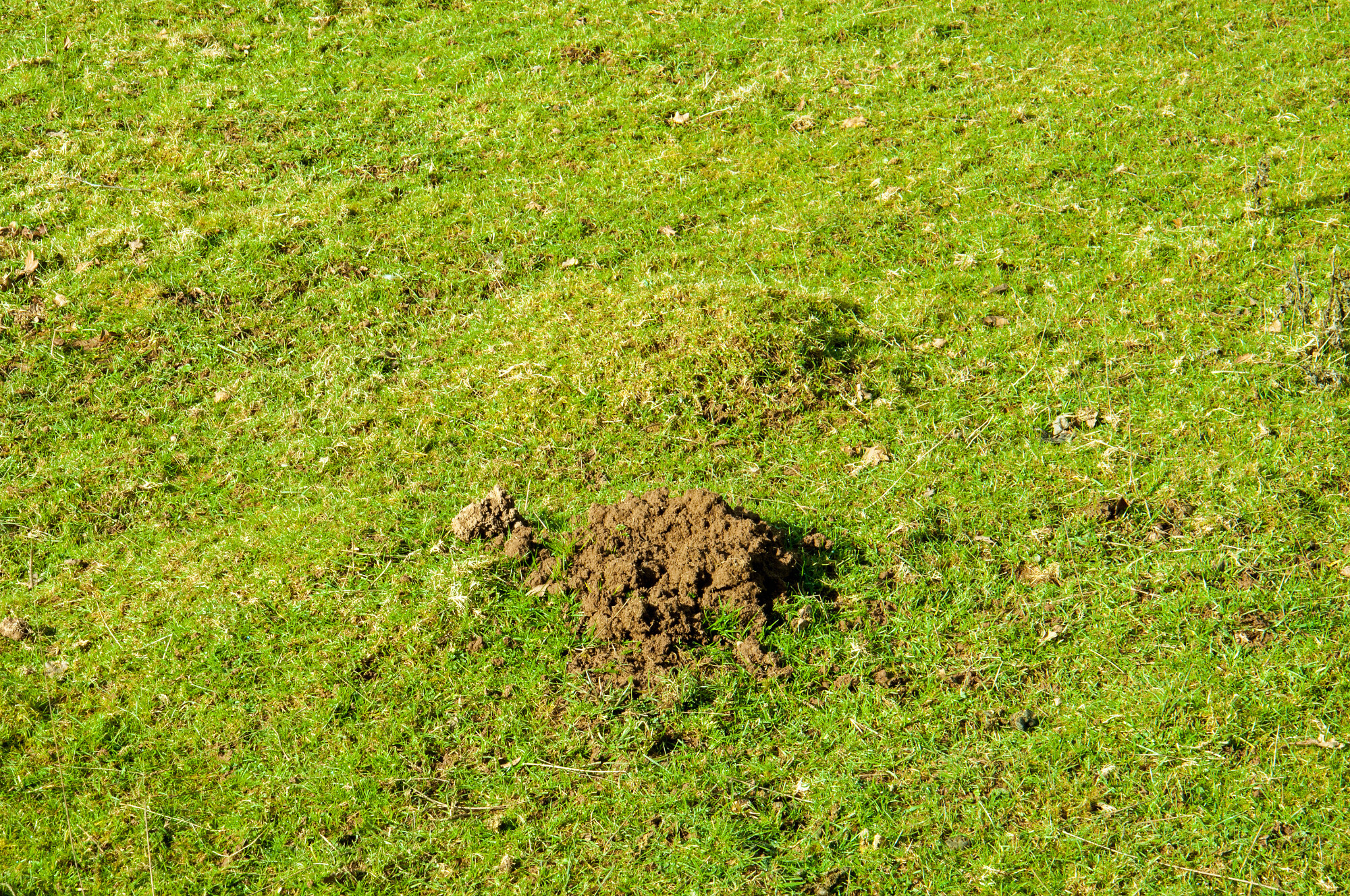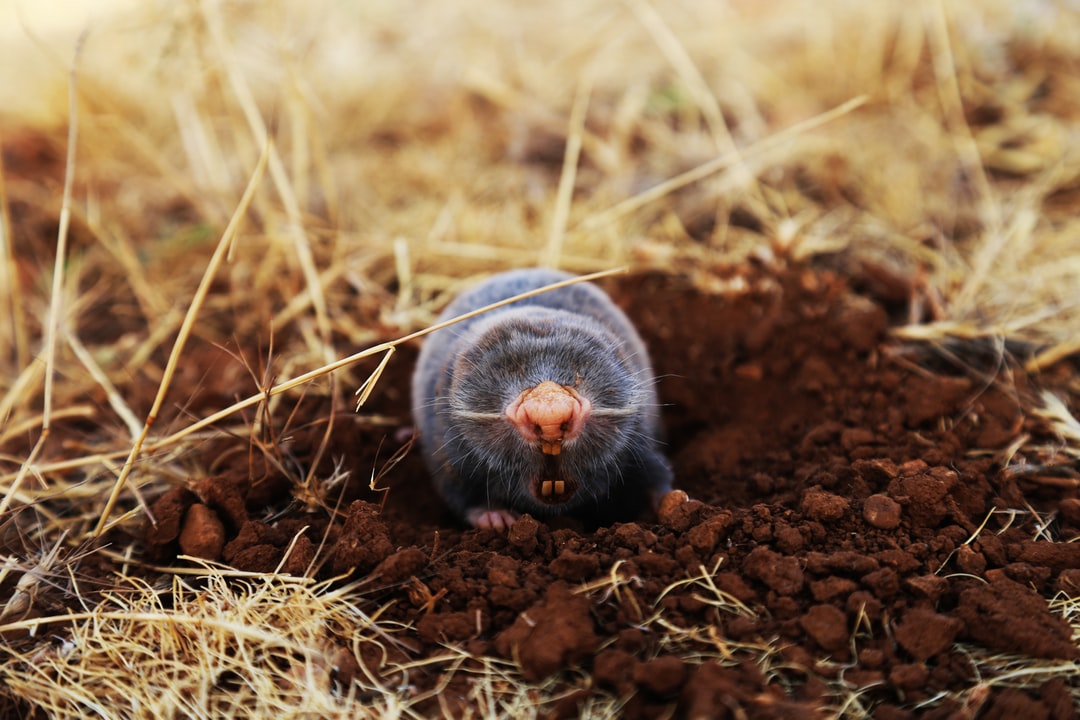Moles can dig up to six inches into the soil, leaving piles of dirt mounds above the ground. These creatures are carnivorous and feed on earthworms as 80% of their diet and 20% grubs and insects.
Thus, they won’t cut the roots of your beautiful plants, and you may wonder why it’s essential to trap a mole. Despite all that, moles are still destructive. For example, they dig up vast soil masses beneath the ground, leaving the plant roots hanging and drying.
Additionally, the piles of dirt they leave on your lawn are an eyesore to the beautiful environment you’ve created.
This article explains the different methods to kill or catch a mole. Keep scrolling to get the weapon to protect your lawn’s beauty.
1. Use the Spring-Loaded Prong Traps
The prong traps are more effective and time-tested. Thus, they’re the ideal choice for most professional pest control firms.
After setting, the web activates when the mole pushes against the metal extending inside the tunnel. The trap then snaps and kills the mole instantly.
To use the trap, you first need to locate the active tunnel. This step applies to almost all mole traps.
Using a probe or stick, poke in the soil between the dirt piles on your yard till you feel a hollow ground beneath.
Then, step on the passageways to find one or two different piles to close the channel and come back later. If you see a passage through the tunnel again, it means it’s an active one and ideal for setting up your trap.
Create a flatter area above the tunnel. At least make it broader than your trap’s base, and place the web above the flat ground.
Every manufacturer has a user manual with instructions on how best to set the trap. Ensure you follow the instructions for safety and efficiency.
Likewise, you must cover your taps using a large bucket to keep pets and kids out of bounds. Check later to see if you captured any mole and remove the creature. If there’s nothing, shift the trap to a different spot.
2. Use a Scissor Trap
Scissor traps are another set of solutions if you’re looking for a way to kill the mole instantly. It’s easier to use, given that you can determine if you’ve caught any moles from afar.
To use it, locate the mole tunnels. Then, use your trowel to dig out a small area around the active hole.
Set the scissor trap inside the hole, and camouflage it using grass and soil. After the mole enters the web, you can remove it and keep your equipment for future use. Though it may take time, given a single mole is more than enough to wander and cause the mess around your yard.
That’s because moles live independently, and three to five of them in one acre could be overpopulation. Thus, there’s typically only one mole in a yard.
3. Use a Choker Loop
Choker loops, like the previous two, are also instant mole killers. Locate the active tunnels, then dig a hole, clearing any loose soil or stones from the opening.
Afterward, ensure all the loop parts of your instrument can sit upright inside the opening. Follow the user guide from the manufacturer for efficient directions on setting the trap. But, be cautious lest you catch your fingers during the procedure.
Apart from the instant killers, some traps are also effective in capturing moles alive. These are more effective if you want to transfer the creatures to a different location.
However, they’re not so effective, given that the moles will migrate to your neighbor and continue their digging business.
4. Use a Shovel
Trapping ground moles using a shovel is ideal if you enjoy hands-on jobs and won’t mind spending some time on the process. You need a pair of gloves and two shovels to carry out the operation.
Using a shovel, flatten all the dirt mounds on your yard and stand at a distance. Watch out for movements suggesting that the mole is trying to create the hills again. Hurry to the location of the disturbance and dive a shovel into both sides of the spot.
That will cut off exit points and trap the mole. Then, you can wear your protective gloves and dig the creature out of the ground carefully. Place the mole in a box or bucket, and transfer it to wherever you desire.
5. Use the Bucket Method
Catching a mole using a bucket is both easy and cheap. After seeing the warning signs of mole infestation, locate the tunnels.
Then, excavate a hole that can bury a 2- to 5-gallon container beneath the tunnel’s level. Place the bucket inside the spot, and pack dirt around its edge.
Use plywood or sod to cover the hole, so you can quickly inspect if there’s any mole inside every day. While digging, the mole will accidentally fall into the bucket. You can then capture and relocate the creature quickly and efficiently.
6. Use the Flooding Method
Moles dig tunnels around your yard in search of food and to create habitat. Like most other animals, moles hate living in flooded homes. So adding enormous amounts of water into an active tunnel will most likely force the creature out of the tunnel.
It’s an excellent way of attracting moles into a waiting trap above the tunnel. If the mole isn’t coming out to the web, you may want to consider this method to effectively force it out of its hiding place.
How to Trap a Mole
This article illustrates the most effective ways to trap a mole and rid your yard of these destructive creatures. Of course, mole trapping isn’t the only solution, but it’s the most effective.
For instance, some homeowners use artificial repellents, castor oil, or poison to keep off the moles. But these methods aren’t sufficiently effective and may transfer the problem from your yard to your neighbor’s.
If you’re unsure how to go about the process, hire an expert to handle the process for you. Contact us for additional information and guidance on how to catch a mole.




